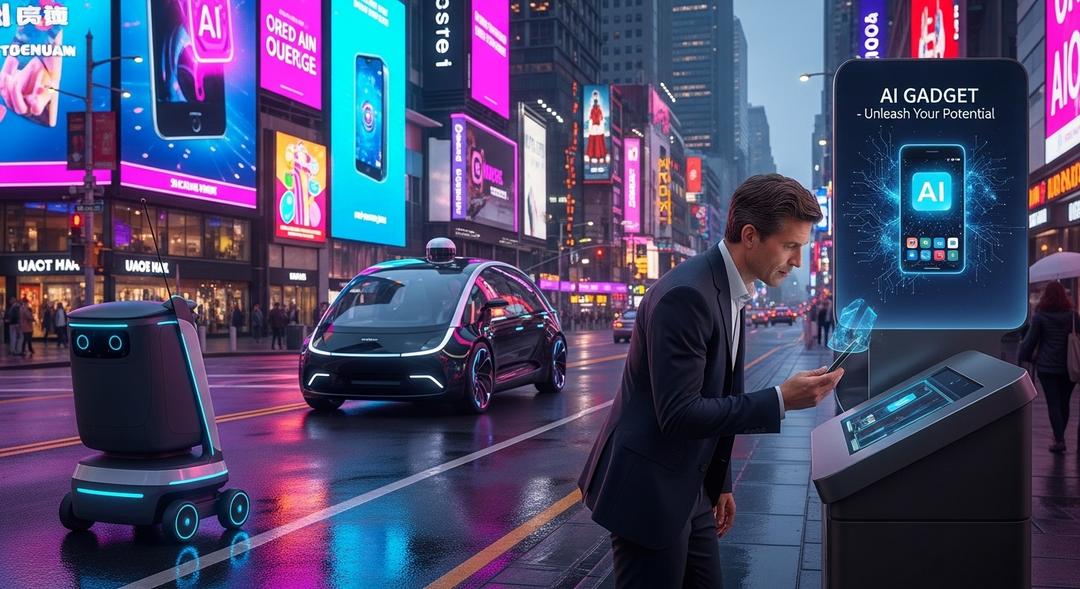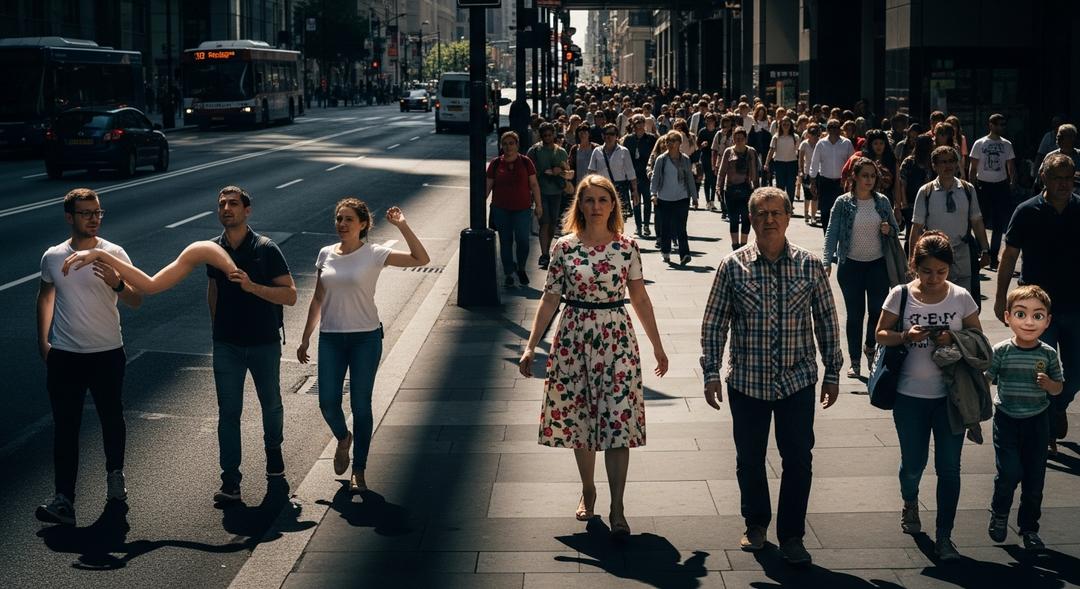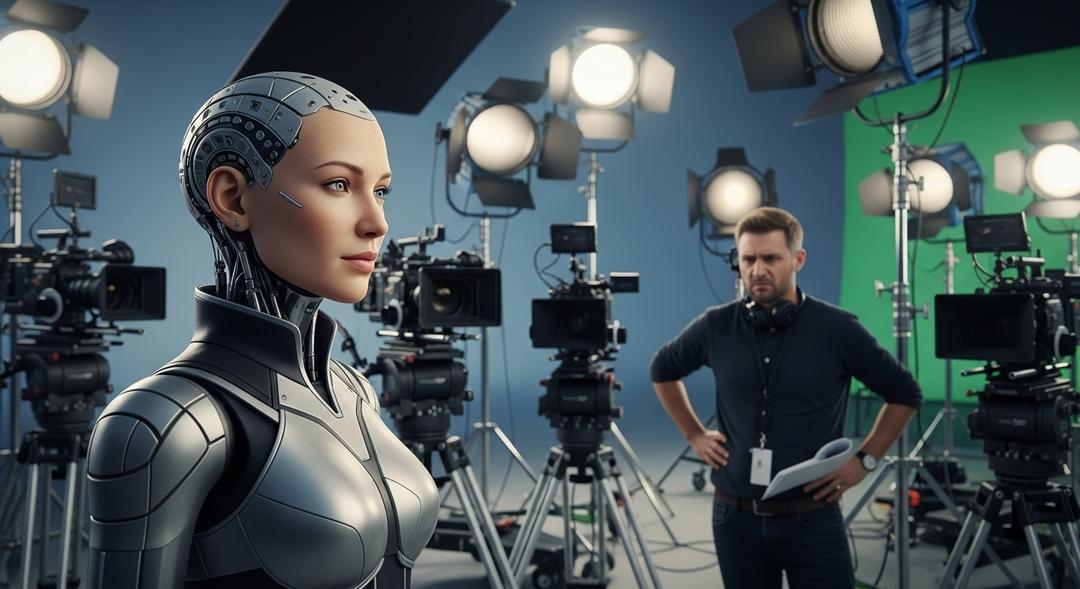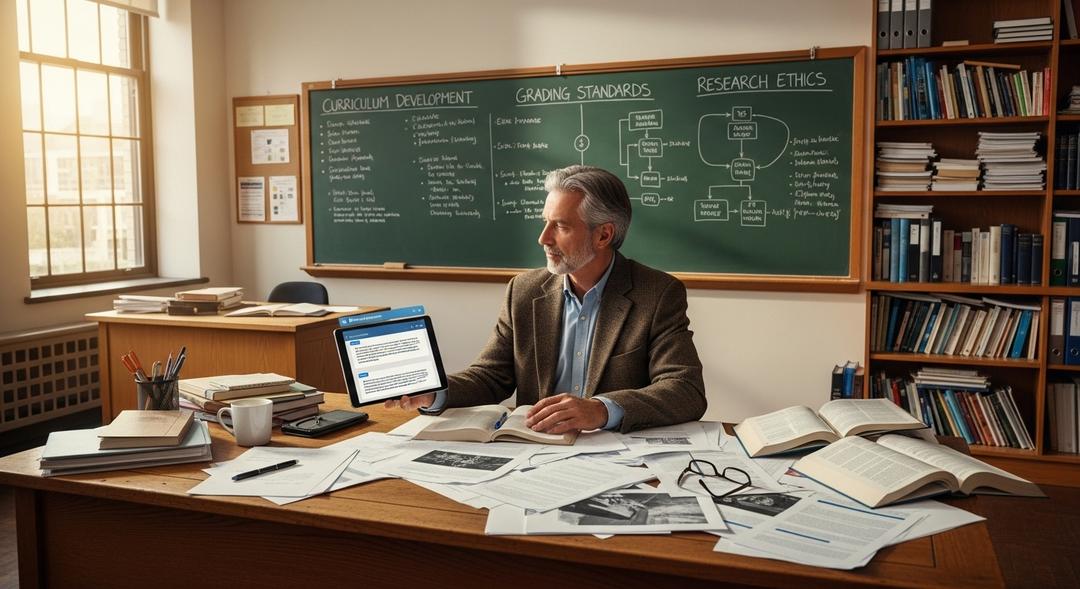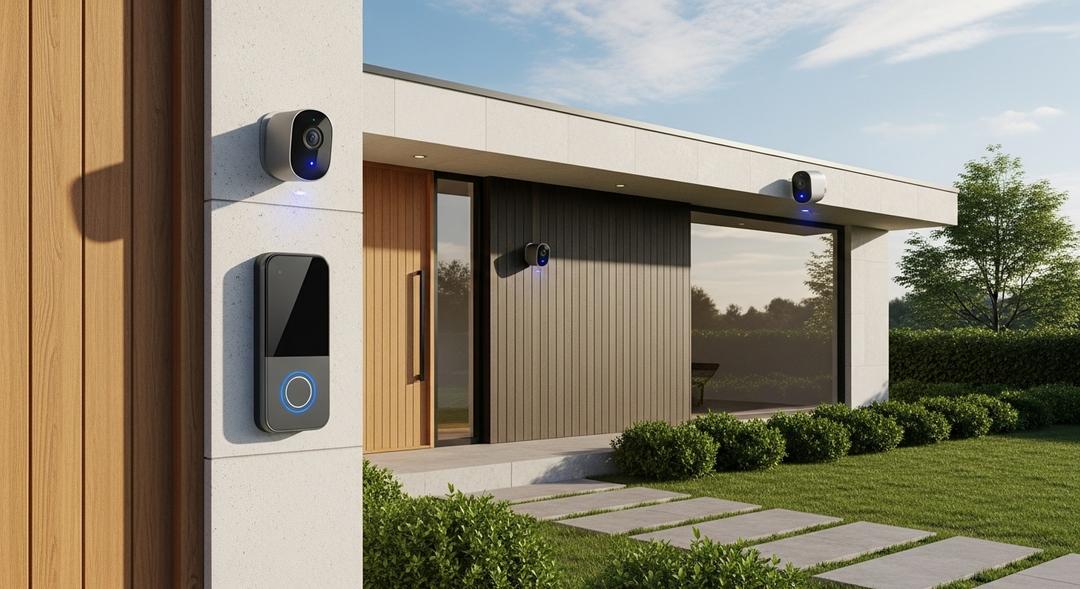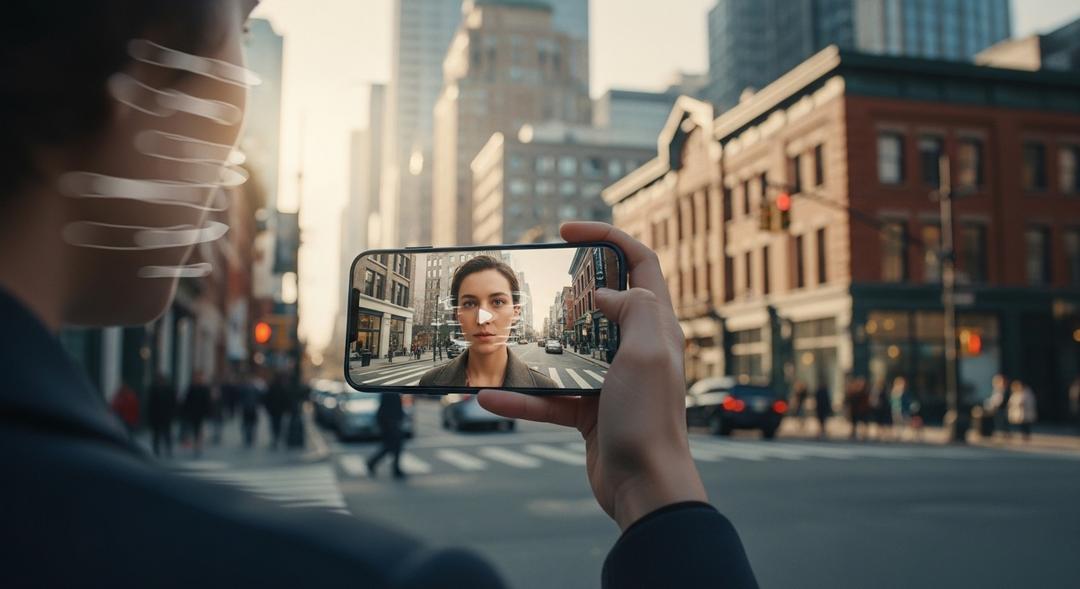A new wave of artificial intelligence is offering hope for industries under increasing pressure from labor shortages and supply chain failures.
Physical AI, which understands the world by gathering and analyzing sensor data, is emerging as a vital tool for human teams trying to manage sprawling, unpredictable environments. For years, the conversation has revolved around warehouse robots, chatbots, and machines designed to replace workers.
Instead, the real promise is in boosting the effectiveness of small, overstretched teams.
Across sectors from manufacturing to agriculture, shrinking workforces and a rise in extreme weather events have pushed organizations to the breaking point. As laid out by experts, trillions of sensors now monitor everything from air quality in cities to vibration levels in bridges.
Most of this information, however, simply vanishes — not for a lack of data, but because there are too few people available to interpret and act on it.
Redefining What Physical AI Can Do
Physical AI can transform this flood of raw sensor data into meaningful, real time insights that help teams respond faster than ever before. In energy, for example, where retirements far outpace new hires, AI can integrate streams of weather, equipment, and system data to deliver targeted alerts before small problems escalate into blackouts.
Proponents say this technology marks a dramatic shift from automation for its own sake to true augmentation. “Instead of replacing technicians, it equips them with diagnostic insights,” one industry leader explained. The impact is clear: just one seasoned technician can now handle complicated systems that once demanded an entire staff.
Construction is seeing changes, too. With job site safety inspections becoming harder to conduct due to staff shortages, AI taps into site cameras and weather sensors to flag oncoming hazards or unsafe conditions, helping smaller safety teams keep large sites running smoothly.
Smarter vehicles, adaptive homes, and cities that sense and respond to environmental threats are just the beginning. As physical environments become more interconnected and unpredictable, the need for AI tools that can interpret sensor data as events unfold has never been greater.
The focus is shifting from machines that automate repetitive tasks to those that provide timely, context-rich information that enables people to make the right call under pressure. “Physical AI’s greatest value isn’t in replacing human workers — it’s in giving them superhuman analytical capabilities,” said an expert in applied AI.
The next step for this technology lies in models that can recognize patterns, understand space, and offer recommendations that go far beyond what any one person could observe alone. While robots folding clothes and delivering packages capture headlines, the most important breakthroughs may happen quietly, in the background, helping people do more with less, as seen with the world’s first industrial AI cloud advancing European manufacturing and the way expanding AI chip manufacturing footprint is impacting the sector.

